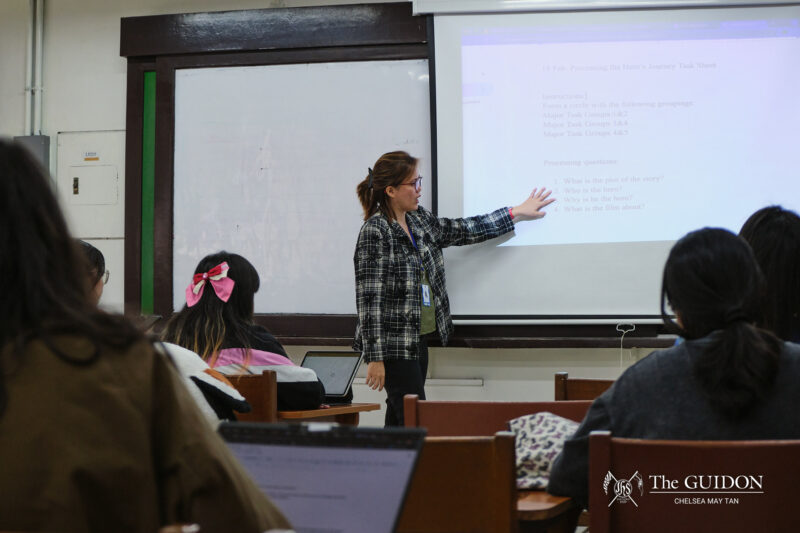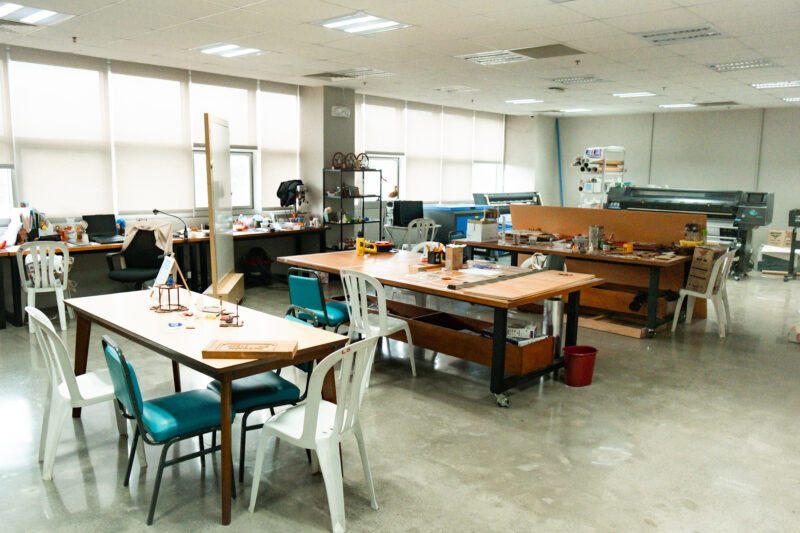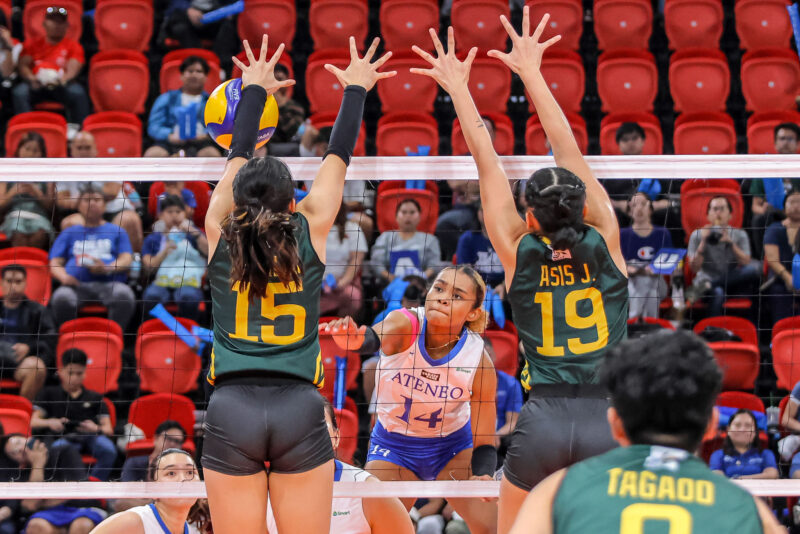UNESCO classifies a community of people as indigenous if they are ethnographically and culturally distinct from the rest of their national population through their distinguishable pre-colonial cultural institutions. While certain IP groups in the country have obtained access to quality education, locales where IPs are the minority have neither the funds nor the opportunities for their members to access basic education. Assistant Coordinator for Faculty Social Involvement and specialist in IP issues Urduja Amor elaborates that in cases where IPs can establish schooling centers within the bounds of their community, they may be faced with inadequate staffing, shortened school weeks, and a lack of school supplies that may inhibit thorough learning.
As one of the premier educational institutions in the country, the Ateneo plays an integral role in promoting the human right of access to education for all people. Other universities have set a standard for this by taking strides to collaborate with local IP organizations and institute academic curricula and modules that acknowledge indigenous identities. Similarly, the Ateneo must seek to institutionally represent and promote the diversity of the Filipino identity through meaningful representation, should it wish to substantiate its claim that it is a Philippine university “for others.” In spite of existing outreach programs and movements that advocate for IP education, the University is still not fully equipped to become an institution that fulfills the demand for IPs to receive the same opportunities for quality education.
Hitting the books
Members of the Ateneo community have made their support for indigenous peoples’ education in the Philippines clear in the past. In 2016, students, organizations, and teachers from the Ateneo community came together in a campaign to support House Bill 4220 or the proposed IP Education Systems Act of 2014. Led by the Coalition of Ateneans for Indigenous People (CAIP), organizations such as Baybayin, the Ateneo Assembly, Development Society of Ateneo, Barefoot Philippines, and the Loyola Mountaineers, among others, organized an IP Week to encourage the Ateneo community to learn more about indigenous cultures and support the bill through different activities such as Kapihan sessions, film viewings, and a museum tour.
The University has also further supported the advocacy for IP education through volunteer work and involvement in several initiatives such as the Holy Spirit Aeta Mission. These engagements focused on addressing the unstable educational systems, erratic teacher turnover, and inaccessibility of schools for IP communities in the mountains of Luzon.
For the people
For all the University’s efforts to deliver education and academic support to indigenous communities, few IP students pursue tertiary education through the Ateneo itself. Amor stated that in the 15 to 16 years she has taught in Ateneo, she had only met around five students who expressed that they were from IP communities.
According to Amor, the Ateneo is made unattractive as a prospective university for IP students because of the lack of courses and programs significant to their culturally distinct needs. Amor also states that many people from IP communities tend more towards courses in education or medicine to practically help their community. In this case, the University’s course offerings rarely align with IP needs for instruction in agricultural innovation and locally sustainable business practices.
Indigenous students may also benefit from the acknowledgement of their culture in other classes. Co-head of the Coalition of Ateneos for Indigenous Peoples (CAIP) Camille Bagaipo states that syllabi and course curricula can be developed to aid the learning adjustment of indigenous students, and better incorporate the narratives of IP communities into the material currently used in the University. Former Head of CAIP Pierce Manlangit states that the Ateneo needs to “acknowledge the diversity” of its students. “[So far,] Ateneo’s goal is for internationalization. We aim for global competitiveness, but do [we] know [our] locality?” he says.
However, rather than attracting students on the undergraduate level, Socio-Anthropology professor and Indigenous Peoples’ advocate Albert Alejo SJ suggests a different approach to addressing IPs academic goals: Offering masters-level studies to IPs who wish to pursue leadership positions. Alejo proposes a center of indigenous leadership or management similar to the Apo Governance and Indigenous Leadership Academy he helped develop in Mindanao. Through such an institution, the University can help train IPs in the organizational skills that will help them maximize their vast resources and knowledge and address the intimately familiar needs of their communities.
Amor further argues that instead of adapting its curricula and developing scholarship programs for the inclusion of potential IP students, the Ateneo de Manila should collaborate with other Jesuit institutions who are more geographically and culturally familiar to the IPs. Ateneo de Davao, Xavier University, and other non-affiliated institutions such as the University of Cordillera may be assisted in the form of joint research ventures, academic writings, and supplementary materials.
Away from home
Regardless of how the University may develop to accommodate indigenous students, Alejo notes that IPs face problems beyond that of finding an ideal university to attend. One significant hurdle that IPs may encounter is the cost of study. The Coalition of Ateneos for Indigenous Peoples (CAIP) has explored the possibility of a scholarship for IPs in the University, but also struggles with undisclosed “administrative and logistical hurdles” that make it difficult to implement and will likely not take effect in the near future.
IP students may also be wary of the lack of cultural sensitivity to indigenous identities within the University. Bagaipo’s fellow CAIP Co-head Gyuri Cruz mentions that the University lacks informational resources on IPs and their cultures, and therefore the community may find itself inexperienced and unfamiliar with the proper decorum of interacting with indigenous individuals. Cruz mentions how more classes and programs that discuss Philippine culture, history, and society through the lens of the country’s IP groups should be implemented to improve awareness among students.’
On Alejo’s end, he adds that Ateneo can produce more materials, be they print or multimedia, to encourage learning about the rich and diverse cultures of the country’s many IP groups.
Although the University has established concrete foundations for improving the state of IP’s access to education, it could put forward more effort in providing potential IP students culturally appropriate tertiary education. The school could invest its resources into establishing centers for ethnocultural studies and providing academic opportunities to create more educational material that discusses contemporary indigenous identities and issues.
These initiatives may take years to implement, but Ateneo can still invest in increased efforts to educate the Loyola Schools community about indigenous cultures and explore alternative education programs in collaboration with schools that are much closer to IP communities in the meantime. Given the school’s prestige, resources, and advocacy, there is no doubt that the Ateneo can–and should–use its position as a premier academic institution to champion the access of quality education for all.







